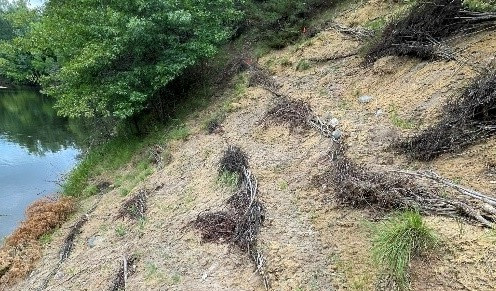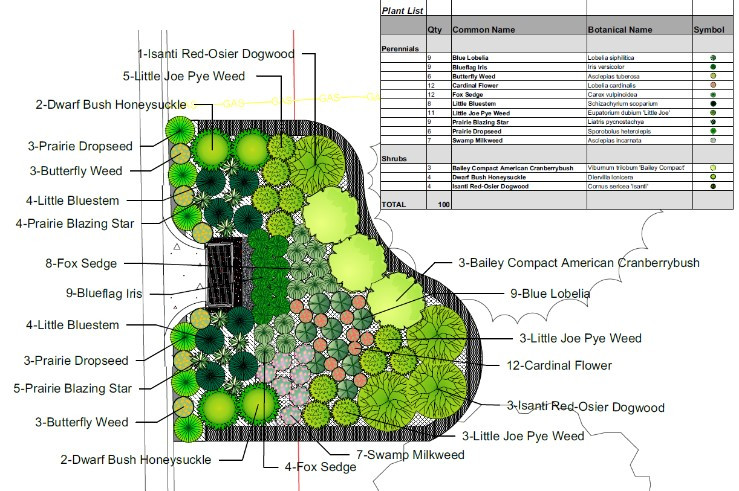Since its establishment in 1988, the Environment and Natural Resources Trust Fund (ENRTF) has invested over one billion dollars in environmental projects "for the public purpose of protection, conservation, preservation, and enhancement of the state's air, water, land, fish, wildlife, and other natural resources." The constitutional dedication of these funds is set to expire in 2025, but Minnesota residents can vote this November to rededicate them through 2050. A 'Yes' vote supports this measure, whereas a 'No' vote opposes it. If left blank on the ballot, it will be counted as a 'No' vote.
Funding for the ENRTF originates from Minnesota State Lottery proceeds and is administered by the Legislative-Citizen Commission on Minnesota Resources. It is a substantial source of long-term and stable funding for a variety of organizations and projects throughout the state, supporting efforts tied to improving water quality, habitat, recreation, outreach and education, renewable energy, and more. Learn more about the ENRTF and find a full list of the 1,700(+) projects it has supported HERE. For more information contact Breanna Keith, Water Resource Specialist at








